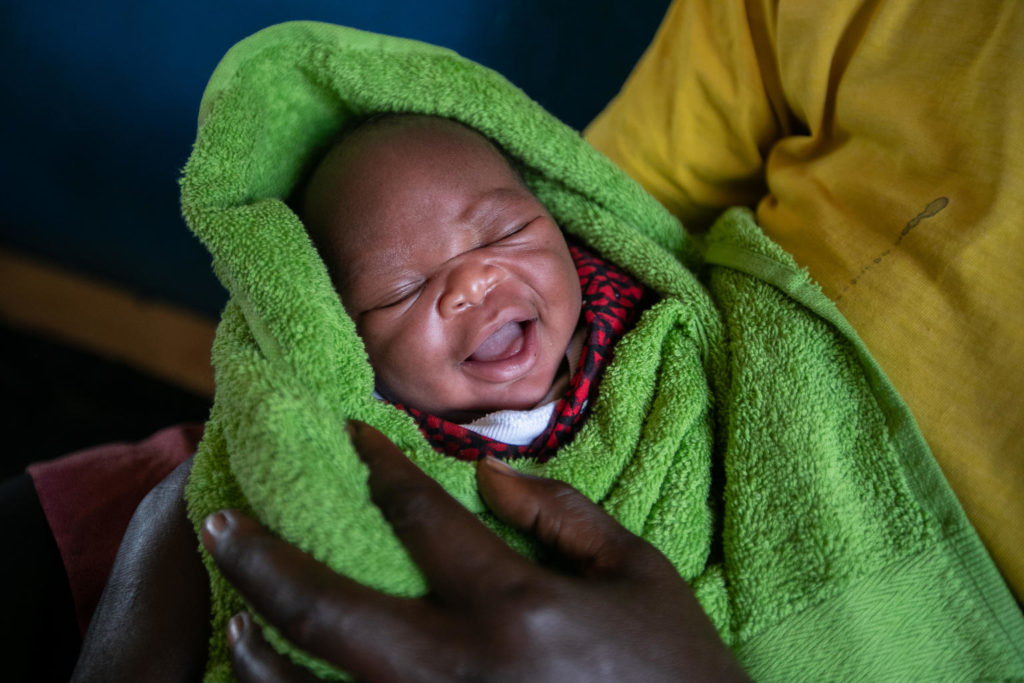📈 Cape Verde Climbs Income Ladder as Namibia Drops — World Bank 2025 Update
The World Bank’s latest global income classification has seen Cape Verde upgraded to an upper-middle-income country, thanks to impressive economic strides, while Namibia has been downgraded due to declining income levels and rising fiscal challenges.
🇨🇻 Cape Verde: A Rising Star in Africa
On July 1, 2025, the World Bank officially reclassified Cape Verde as an upper-middle-income economy, reflecting a 16.8% surge in Gross National Income (GNI) per capita. The country was previously classified as lower-middle-income.
🔹 Key Growth Drivers:
-
Tourism boom: Cape Verde’s economy expanded by 7.3% in 2024, with tourism alone growing by 16.5%.
-
Inflation control: GDP deflator fell from 4.1% to 1.7%, helping stabilize prices.
-
Population adjustment: A 12.8% downward revision in population figures boosted per capita income metrics.
-
Reforms & Recovery: The nation’s UN-backed cooperation framework (2023–2027) supported economic reforms under the second Strategic Plan for Sustainable Development (PEDS-II).
These measures led to:
-
Unemployment drop to 10.3%
-
Poverty rate reduced to 15% by end of 2023
“Cape Verde’s strategic reforms and tourism growth have propelled the nation into a new income bracket, demonstrating the power of targeted policies and international cooperation,” the World Bank stated.
🇳🇦 Namibia Faces Setback Amid Economic Struggles
Namibia, on the other hand, has been reclassified from upper-middle-income to lower-middle-income status due to a 12.9% drop in GNI per capita in 2024.
🔻 Contributing Factors:
-
High public debt: Estimated at $8.74 billion, or 65.3% of GDP
-
Overreliance on mineral exports
-
Low local production & import dependence
-
Vulnerable to global shocks and commodity price volatility
Despite its natural resources, Namibia’s structural weaknesses and mounting fiscal pressure are weighing down its economy.
📊 How the World Bank Classifies Countries
The World Bank ranks countries into four income groups using the Atlas method:
-
Low-income
-
Lower-middle-income
-
Upper-middle-income
-
High-income
These classifications are updated annually based on GNI per capita. The 2026 fiscal year update reflects data from 2024.
“Changes in classification result from economic growth, demographic shifts, reforms, and international dynamics,” the report emphasized.
Source: https://www.ecofinagency.com









